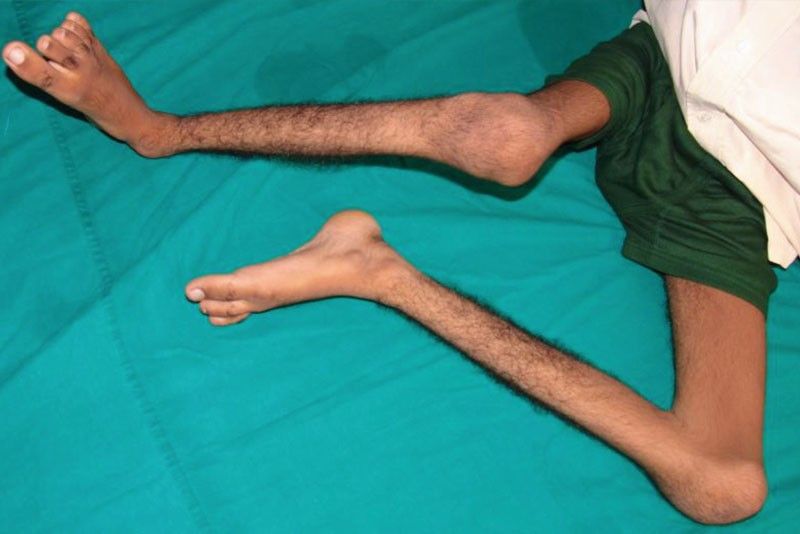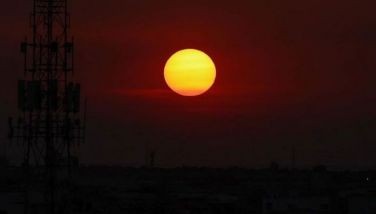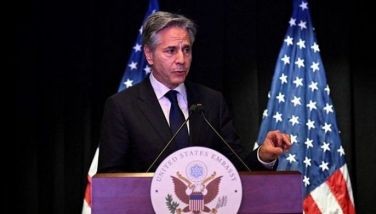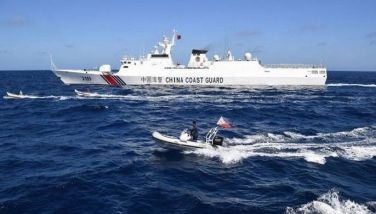After 19 years, polio re-emerges in the Philippines – DOH

MANILA, Philippines — The Department of Health (DOH) declared yesterday a nationwide polio outbreak following confirmation of the reemergence of the contagious disease in the country after 19 years.
Health Secretary Francisco Duque III said they declared a polio epidemic after the DOH recorded a case of the disease in Lanao del Sur.
Duque reported that a three-year-old girl was infected with vaccine-derived polio. Another suspected case of the disease has yet to be confirmed.
He said environmental samples from sewage in Tondo, Manila and waterways in Davao City also tested positive for poliovirus.
“A single confirmed case of vaccine-derived poliovirus 2 (VDPV2) or two positive environmental samples that are genetically linked in different locations is considered an epidemic in a polio-free country,” the health chief explained.
Ferchito Avelino, director of the DOH Epidemiology Bureau, said the girl from Lanao del Sur was unvaccinated against polio.
“She is doing well, but has residual paralysis,” he said.
Duque said the DOH is preparing a rapid response to the polio outbreak in coordination with local government units and other agencies.
He urged parents to have their children vaccinated against polio to help control the outbreak and protect their kids from possible paralysis.
“We ask the public to practice personal hygiene, wash their hands regularly, use toilets, drink safe water and cook food thoroughly,” Duque said.
Health Undersecretary Eric Domingo said while most people infected with polio are asymptomatic and appear healthy, they could still be carriers and transmit the disease for 60 days, especially those who are unvaccinated.
Domingo said many Filipinos remain unprotected from the poliovirus because of low vaccination coverage in the country.
He said although the poliovirus was found in the sewage in Tondo, there is still the possibility that it came from other areas in Metro Manila.
The DOH said it found type 1 poliovirus in Manila and type 2 in Davao. There is another type of poliovirus, type 3. Their main difference is the makeup of the outer, protective coating called the capsid.
According to DOH, low vaccination coverage, poor early surveillance of polio symptoms and substandard sanitation practices could be the factors in the reemergence of the disease.
Rabindra Abeyasinghe, World Health Organization (WHO) country representative, said vaccine-derived polio type 2 has been eliminated globally since 2015.
“The polio case from Lanao del Sur raises the issue on where the virus came from. It is important to have a 95 percent polio vaccine coverage because other people could pick up the virus,” Abeyasinghe said.
“It is important that those who have been vaccinated be given additional doses to be fully protected,” he added.
The WHO official said the child could have had the poliovirus for more than three years and other people may have been exposed to the virus.
He said the WHO would support the Philippines’ efforts to prevent polio from spreading in the country.
The country was declared polio-free in October 2000, with the last case of the disease reported in 1993.
Polio is a fatal and disabling disease that can be transmitted through the fecal-oral route. There is no cure for the disease, but it can be prevented through complete vaccination.
The DOH had earlier said that the Philippines was at high risk of poliovirus transmission after Manila’s sewage showed two samples that tested positive for the virus.
Last August, the DOH conducted synchronized polio immunization in Manila for children under five years to prevent the possibility of the virus re-emerging in the country.
After three rounds of polio vaccination in Manila, Duque said the coverage remains low at 54 percent, which is way below the 95 percent required to ensure that the whole population is protected against the disease.
Duque said the DOH would conduct synchronized polio immunization in Metro Manila, Lanao del Sur and Davao in October in an effort to control the spread of the virus.
- Latest
- Trending




























